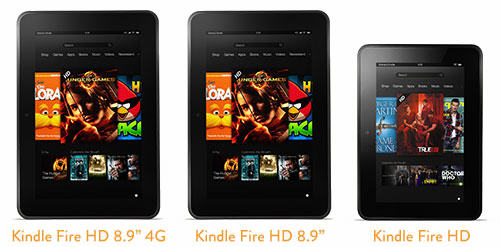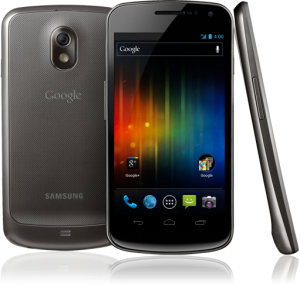One word that Apple always uses against Android is the F word. Not the one that rhymes with ‘Duck’. I’m referring to ‘Fragmentation’. They’re referring to so many Android phones from so many manufacturers with so many different features (e.g. screen sizes), and to top it off, so many versions of the core OS with different “skins” applied by manufacturers to, you know, differentiate themselves. They say it like it’s what will bring about the end of Android and that Apple doesn’t have it.
But fragmentation has already been with iOS since the original iPad release back in April 2010. It’s just that iOS 3.2 then came with a built-in mechanism for supporting apps with non-dynamic UIs (upscaling). The same mechanism was used by iOS 4 when the iPhone 4 and its 640×960 display came out.
Most developers quickly came up with updates that target the iPad and the iPhone Retina display. Now with the iPhone 5 and its 640×1136 display it will be the same: iOS 6 comes with a built-in mechanism (letterboxing) and developers will quickly come up with updates that target the new display.
For most developers and even some customers, fragmentation is not a big deal. It’s nothing new. Just look back at Windows and PCs: A huge variety of hardware? Use device drivers. An assortment of resolutions? Use dynamic layouting. Different graphics chips? Use OpenGL or Direct3D. Been there, done that. Survived.
For many customers, it is a big deal and quite scary. But that’s just what fragmentation is: a scare word that Apple marketing came up with. If you’re afraid, maybe you can use a better word: ‘Diversity’. Doesn’t sound scary anymore, yeah?

